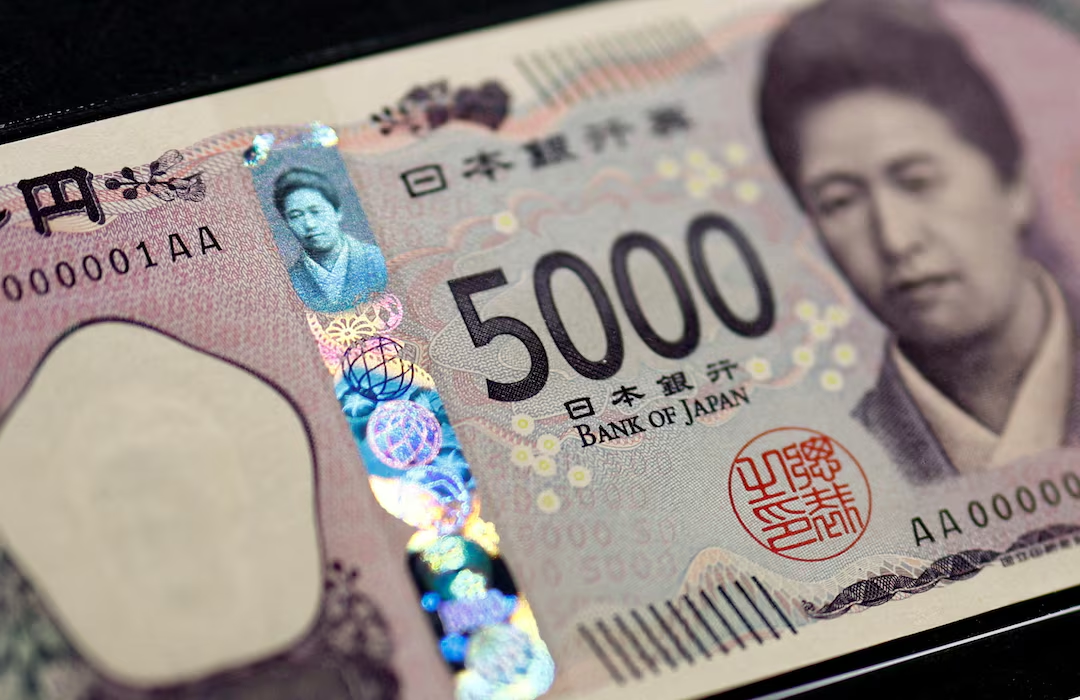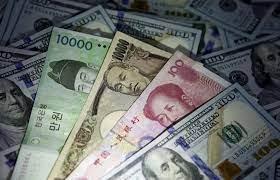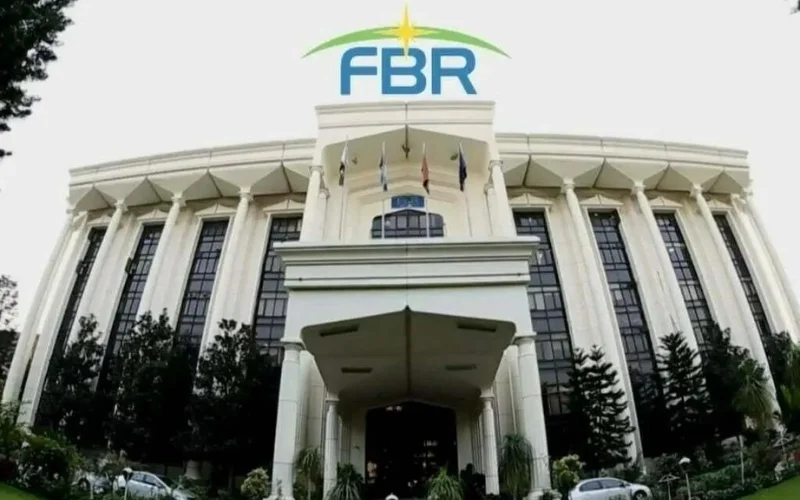The U.S. dollar tumbled to an eight-week low against the yen and hovered near a one-month low versus the British pound on Thursday as concerns over an inflation-fueling global trade war eased.
Japan’s yen gained support following strong wage data and rising expectations for further Bank of Japan (BOJ) interest rate hikes, with a central bank official advocating continued increases. Meanwhile, the British pound remained firm despite the Bank of England (BoE) being widely expected to cut rates later in the day.
By 0140 GMT, the dollar slid 0.5% to 151.81 yen, its lowest level since December 12, extending a 1.1% decline from the previous session. Sterling steadied at $1.2509 after touching $1.2550, its highest since January 7. The euro remained flat at $1.0401 after a slight 0.2% gain on Wednesday.
The dollar index, which tracks the greenback against major currencies, stood at 107.57, close to its overnight low of 107.29. This was a sharp pullback from the three-week high of 109.88 reached earlier in the week amid concerns over potential 25% U.S. tariffs on Mexico and Canada. However, last-minute reprieves for the two countries eased market fears, although Washington imposed 10% tariffs on China.
In other currency movements, the offshore yuan strengthened slightly to 7.2775 per dollar. Canada’s loonie remained stable at C$1.4321 after reaching a one-month high of C$1.4270 overnight, while the Mexican peso was steady at 20.5789 per dollar.
James Kniveton, a senior corporate FX dealer at Convera, noted that the market seems to have moved past the tariff threats against Mexico and Canada, viewing the China tariffs as “business as usual.” He added that while two U.S. Federal Reserve rate cuts are still expected this year, reduced tariff concerns could provide the Fed with more flexibility.
The next major test for the U.S. monetary policy outlook is the release of monthly payroll figures on Friday. Markets have fully priced in a quarter-point Fed rate cut for July, with expectations of 46.3 basis points in total cuts by December, according to LSEG data.
Meanwhile, market-implied odds for an imminent BoE rate cut stand at 92%, while the BOJ is seen as highly likely (94.8% probability) to raise rates by a quarter point by September.
BOJ board member Naoki Tamura reinforced expectations for further hikes, stating on Thursday that the central bank must raise rates to at least 1% in the latter half of fiscal 2025, as upward price risks continue to grow. This followed data showing real wage growth for the second consecutive month, strengthening the case for further monetary tightening in Japan.



